In an interview with BloombergTV. New York Fed President John Williams suggested that Fed is still on track to start cutting interest rates within the year.
“We will need to start a process at some point to bring interest rates back to more normal levels, and my own view is that process will likely start this year,” Williams stated.
Regarding the recent inflation data, Williams did not regard it as a decisive shift in economic trends but acknowledged its impact on his assessments and future forecasts.
Williams also touched on the topic of the Federal Reserve’s balance sheet management, specifically the ongoing quantitative tightening process. He advocated for a more measured pace in reducing the Fed’s balance sheet, a strategy aimed at allowing more room for evaluation and adjustment.




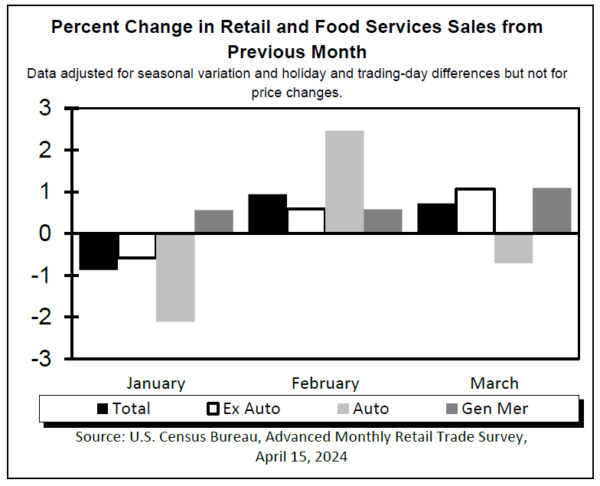
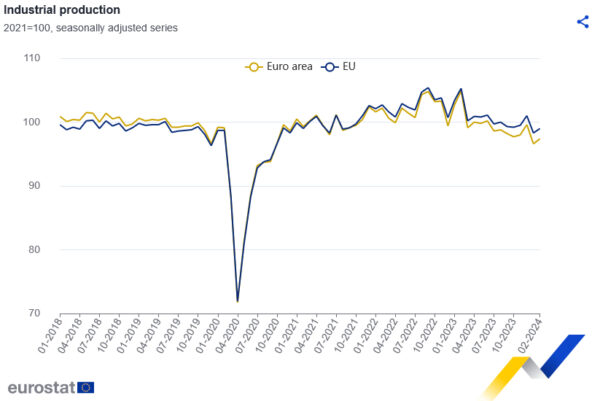
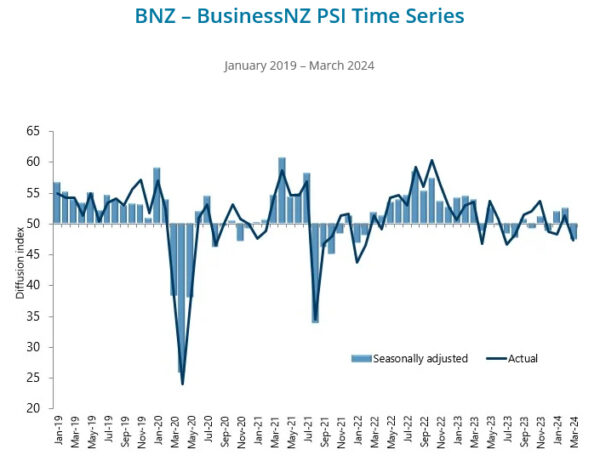
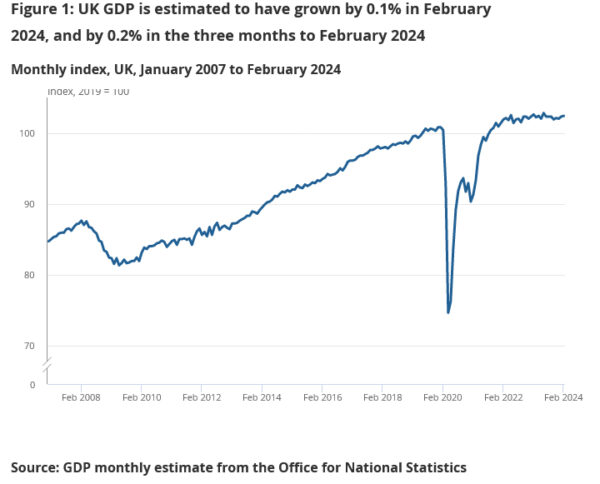

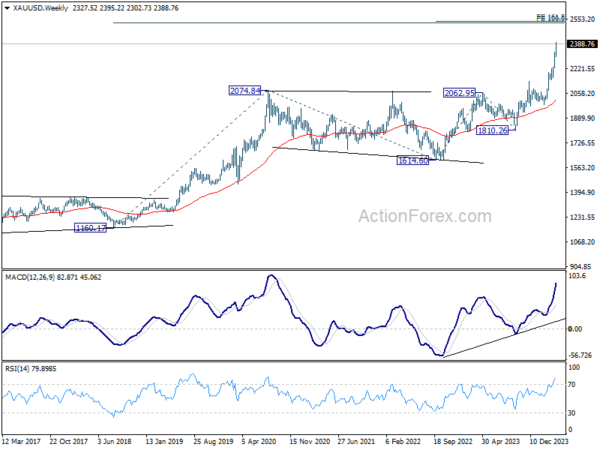
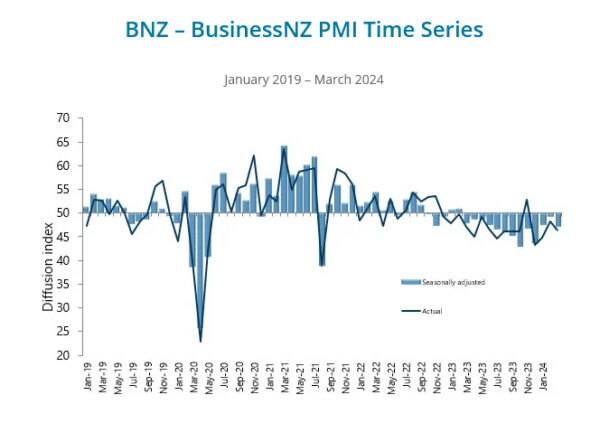
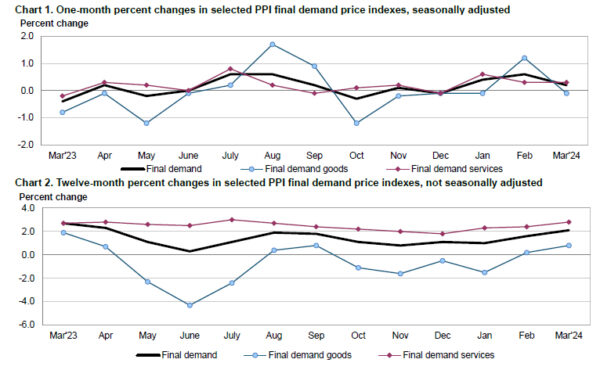
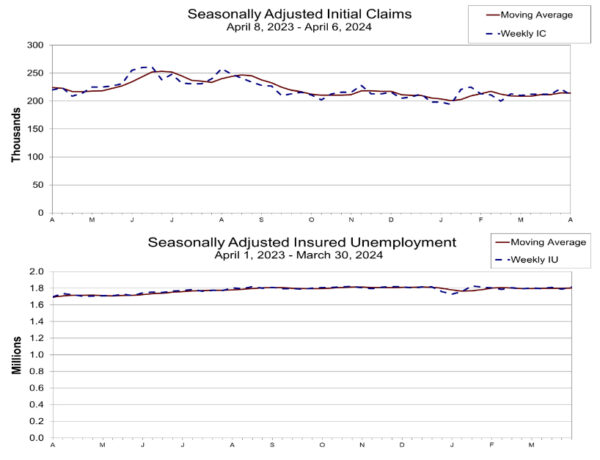

Fed’s Daly stresses patience on rate cuts, no urgency required
San Francisco Fed President Mary Daly emphasized a cautious approach to interest rate reductions. Given the current economic and labor market strength, coupled with persistently high inflation rates, she highlighted the lack of urgency to lower interest rate policy.
“The worst thing to do is act urgently when urgency is not required,” Daly remarked at an event.
Daly also expressed her reservations about the consequences of misjudging the necessary intensity of policy adjustments. She requires more evidence of inflation consistently moving towards 2% target before considering easing monetary policy.